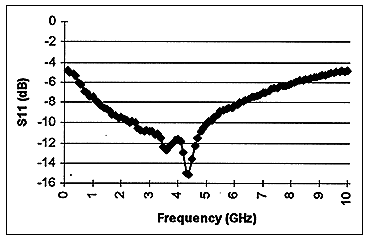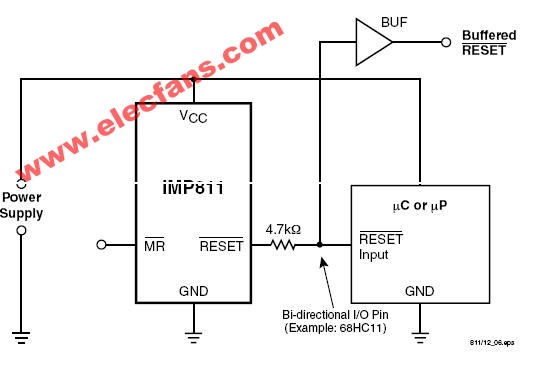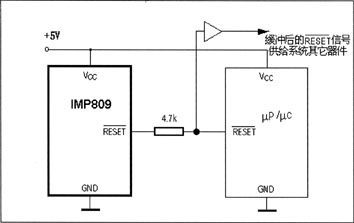Abstract: Maxim has two different approaches for developing HF ASICs: a semi-custom QuickChip design methodology and the more traditional full-custom design methodology. The semicustom design approach is discussed below and provides a low-cost, fast turn-time approach for developing customer-designed RF ASICs.
In addition to standard product ICs, Maxim offers a rapid-response ASIC service. Semicustom arrays known as "QuickChips" provide designers with a selection of uncommitted semiconductor devices: JFETs, Schottky diodes, ESD-protected diodes, MOS capacitors, trimmable nichrome resistors, and bipolar transistors with ?Ts to 27GHz. Completing one of these chips with a custom metal mask set interconnects the selected components to create a high-frequency, high-performance circuit.
A comprehensive set of design, verification, and layout software tools has been developed to ensure a high probability that QuickChip designs will meet their target specifications on the first pass. Both UNIX and PC platforms are supported.
Three different QuickChip families are available. The QC10 family of seven arrays is made with a complementary bipolar process featuring NPN and PNP ?Ts of 9GHz and 6GHz, respectively. It is optimized for analog signal acquisition, amplification, and sourcing.
The QC6 family of four arrays is fabricated in a process with 9GHz NPN and 80MHz PNP ?Ts. These arrays are suitable for a wide range of fiber, IF, and instrumentation applications.
The QC9 array is fabricated in a 27GHz process and is intended for RF and HF applications. More than 35 designs have been completed using the QC9 array since its introduction. These include a 900MHz transceiver, a 7GHz prescaler, several GPS receivers, an OC48 amp-lifier, pulse and window comparators, and a 2x2 crosspoint switch.
The design examples that follow, reprinted with kind permission of the IEEE, illustrate the capabilities of QuickChip ASICs.
For further information, or to request a copy of Maxim's High-Frequency ASIC Development Handbook,contact Maxim's HF ASIC Group, attention Raj Garg, via FAX at 503-547-0810.

In addition to standard product ICs, Maxim offers a rapid-response ASIC service. Semicustom arrays known as "QuickChips" provide designers with a selection of uncommitted semiconductor devices: JFETs, Schottky diodes, ESD-protected diodes, MOS capacitors, trimmable nichrome resistors, and bipolar transistors with ?Ts to 27GHz. Completing one of these chips with a custom metal mask set interconnects the selected components to create a high-frequency, high-performance circuit.
A comprehensive set of design, verification, and layout software tools has been developed to ensure a high probability that QuickChip designs will meet their target specifications on the first pass. Both UNIX and PC platforms are supported.
Three different QuickChip families are available. The QC10 family of seven arrays is made with a complementary bipolar process featuring NPN and PNP ?Ts of 9GHz and 6GHz, respectively. It is optimized for analog signal acquisition, amplification, and sourcing.
The QC6 family of four arrays is fabricated in a process with 9GHz NPN and 80MHz PNP ?Ts. These arrays are suitable for a wide range of fiber, IF, and instrumentation applications.
The QC9 array is fabricated in a 27GHz process and is intended for RF and HF applications. More than 35 designs have been completed using the QC9 array since its introduction. These include a 900MHz transceiver, a 7GHz prescaler, several GPS receivers, an OC48 amp-lifier, pulse and window comparators, and a 2x2 crosspoint switch.
The design examples that follow, reprinted with kind permission of the IEEE, illustrate the capabilities of QuickChip ASICs.
For further information, or to request a copy of Maxim's High-Frequency ASIC Development Handbook,contact Maxim's HF ASIC Group, attention Raj Garg, via FAX at 503-547-0810.

 電子發燒友App
電子發燒友App

























評論